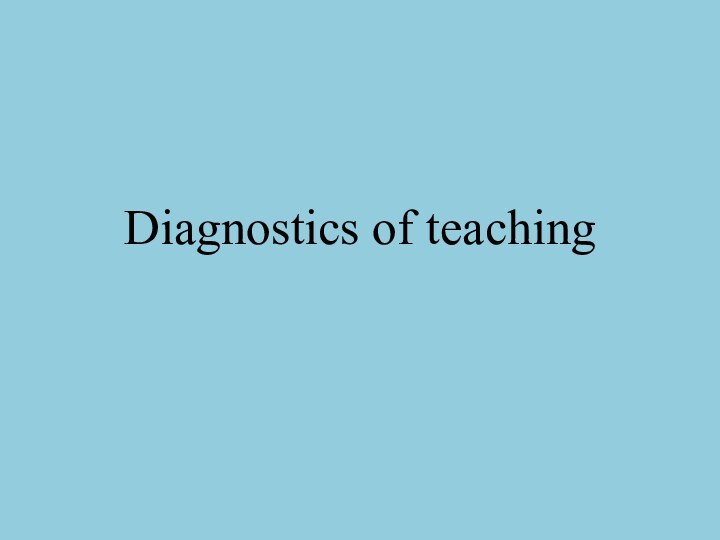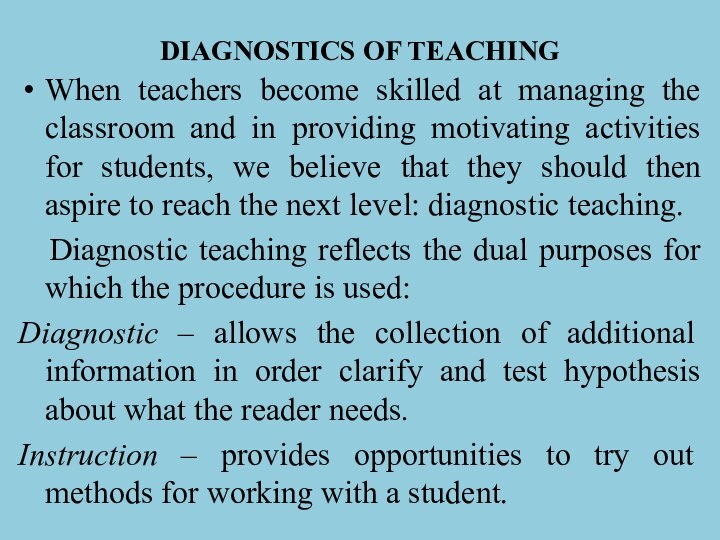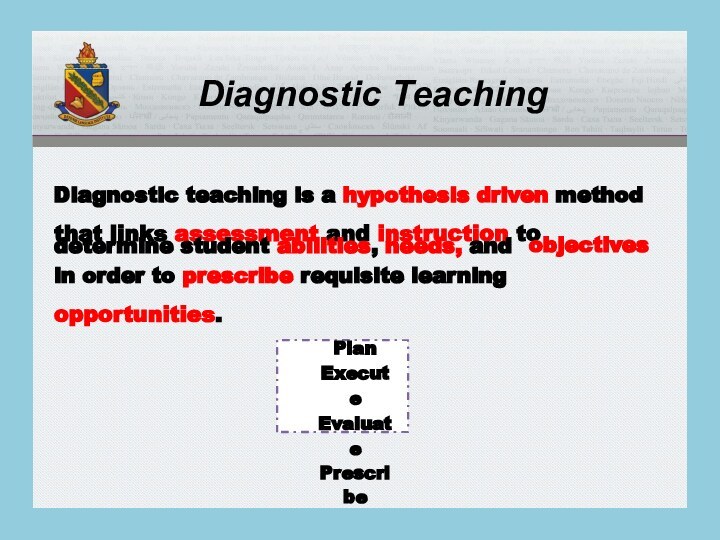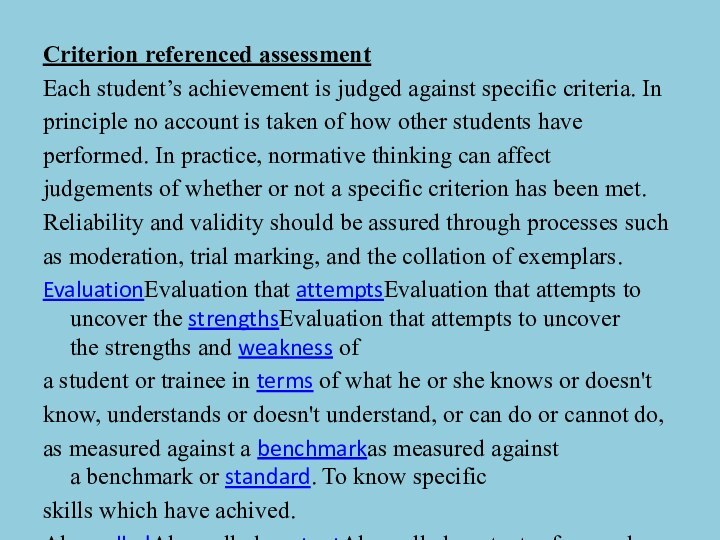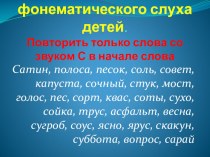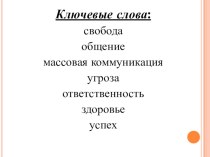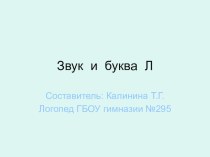Слайд 2
DIAGNOSTICS OF TEACHING
When teachers become skilled at managing
the classroom and in providing motivating activities for students,
we believe that they should then aspire to reach the next level: diagnostic teaching.
Diagnostic teaching reflects the dual purposes for which the procedure is used:
Diagnostic – allows the collection of additional information in order clarify and test hypothesis about what the reader needs.
Instruction – provides opportunities to try out methods for working with a student.
Слайд 3
Diagnostic teaching is an imperative if we wish
to attain lasting improvement of instruction. This process consists
of four phases: determining individual needs, selecting goals, prescribing and guiding learning experiences, evaluation.
Diagnostic teaching is a method that integrates assessment and instruction. The process of diagnostic teaching can be described in terms of three related tasks: a) planning b) executing c) evaluating
Слайд 4
Diagnostic Teaching
Diagnostic teaching is a hypothesis driven method
that
links assessment and instruction to
determine student abilities, needs, and
in
order to prescribe requisite learning
opportunities.
objectives
Plan
Execute
Evaluate
Prescribe
Слайд 5
Diagnostic Teaching
Specifying objectives.
Determining the
abilities, needs, and
objectives of individual
learners.
Prescribing
and guiding learning opportunities.
Current
State
Feedback
How to
improve
Learning
Outcome
Diagnostic
Assessment
Action
Evaluation
Resources
Assisting in evaluation of progress.
Слайд 6
Pedagogical measurements
Assessment is an integral part of the
curriculum, pedagogy and assessment cycle. It involves collecting evidence
about student learning, interpreting information and making judgments about students’ performance with a view to providing feedback to students, teachers, schools, parents, other stakeholders and to the education system
Слайд 7
The roles of assessment for different stakeholders can
be summarized as follows:
For students to
understand the learning objectives
from a different perspective and how well they are progressing towards their objectives;
understand what they need to improve on the next stage of learning; and understand their strengths and weaknesses in learning and how to take steps to improve and to self-regulate their work.
For teachers and schools to
understand the strengths and weaknesses of students in learning;
recognize the effectiveness of learning and teaching practices and make adjustment to their teaching;
monitor the standards and quality of the education they are providing and guide students towards appropriate future learning.
Слайд 8
Why assessment?
– helping students meet certain standards
– using
the assessment data to identify strengths and weaknesses in
student performance, and to improve the quality of teaching and learning.
- Assessment is the process of gathering data
3 types of assessments:
diagnostic, formative, and summative
Слайд 9
Formative assessment provides feedback and information during
the instructional
process, while learning is taking place, and while
learning is
occurring. Formative assessment is the act of
collecting evidence of student learning (e.g. classroom
observation, class activities, homework, quizzes) and providing
feedback to promote better learning.
Types of Formative Assessment
Observations during in-class activities; of students non-verbal feedback during lecture
Homework exercises as review for exams and class discussions)
Reflections journals that are reviewed periodically during the semester
Question and answer sessions, both formal—planned and informal—spontaneous
Conferences between the instructor and student at various points in the semester
In-class activities where students informally present their results
Student feedback collected by periodically answering specific question about the instruction and their self-evaluation of performance and progress
Слайд 10
Summative assessment takes place after the learning has
been
completed and provides information and feedback that sums up
the
teaching and learning process. Summative assessment is usually
carried out at the end of a teaching unit/ school term/ school year in
order to sum up what students have learnt (e.g. end-of-unit test/ task).
Types of Summative Assessment
Examinations (major, high-stakes exams)
Final examination (a truly summative assessment)
Term papers (drafts submitted throughout the semester would be a formative assessment)
Projects (project phases submitted at various completion points could be formatively assessed)
Portfolios (could also be assessed during it’s development as a formative assessment)
Performances
Student evaluation of the course (teaching effectiveness)
Instructor self-evaluation
Слайд 11
Diagnostic assessment can help you identify your students’
current
knowledge of a subject, their skill sets and capabilities,
and
to clarify misconceptions before teaching takes place.
Knowing students’ strengths and weaknesses can help you better
plan what to teach and how to teach it.
Types of Diagnostic Assessments
Pre-tests (on content and abilities)
Self-assessments (identifying skills and competencies)
Discussion board responses (on content-specific prompts)
Interviews (brief, private, 10-minute interview of each student)
Like formative assessment, diagnostic assessment is intended to
improve the learner’s experience and their level of achievement
Слайд 12
This type of testing/evalutation spans two columns:
Standardized
tests
Слайд 13
Dynamic assessment measures what the student achieves when
given some teaching in an unfamiliar topic or field.
An example might be assessment of how much Swedish is learnt in a short block of teaching to students who have no prior knowledge of the language. One purpose of dynamic assessment is to determine if a student has the potential to learn a new skill. Assess child's current performance
Dynamic assessment generally uses a repetitive process of pretest-teach-retest. A pretest is given to discover what information the student already knows. A teaching time on the unknown material follows the pretest, and then another similar test is given.
Слайд 14
Synoptic assessment combines two or
more modules of undergraduate study into a single assessment.
The word ‘synoptic’ means ‘viewing together’. Such an assessment may help students to make connections between modules, increase the level of student engagement and provide teaching staff with the opportunity to adopt a holistic approach to delivering modules. The general aim of a synoptic assessment is the “undoing” of the increasing modularization of the curriculum. The importance of the process of learning as distinct from the outcome of learning is given more attention within this model.
Synoptic assessment – is a form of assessment which requires a learner to demonstrate that they can identify an use skills, techniques, concepts, theories and knowledge across a whole vocational area
Слайд 15
Criterion referenced assessment
Each student’s achievement is judged against
specific criteria. In
principle no account is taken of
how other students have
performed. In practice, normative thinking can affect
judgements of whether or not a specific criterion has been met.
Reliability and validity should be assured through processes such
as moderation, trial marking, and the collation of exemplars.
EvaluationEvaluation that attemptsEvaluation that attempts to uncover the strengthsEvaluation that attempts to uncover the strengths and weakness of
a student or trainee in terms of what he or she knows or doesn't
know, understands or doesn't understand, or can do or cannot do,
as measured against a benchmarkas measured against a benchmark or standard. To know specific
skills which have achived.
Also calledAlso called contentAlso called content referenced assessmentAlso called content referenced assessment or criterion referenced
test.
Слайд 16
Ipsative assessment
This is assessment against the student’s own
previous standards. It can measure how well a particular
task has been undertaken against the student’s average attainment, against their best work, or against their most recent piece of work.
An individual’s performance is judged in comparison to her/his other performances, either in the same domain at different times or in different domains. Is a student’s own self-referenced assessment
An ipsative assessment compares current performance with a previous performance.
An ipsative assessment compares current performance with a previous performance
Слайд 19
Quality feedback. Providing quality feedback has a positive
impact on student achievement. This feedback can be in
the form
of oral advice or written comments, and may be incorporated in
reports or portfolios. Feedback does not mean “praise” or “blame”
and it is not the same as “guidance”. It should provide information
on students’ performance with regard to the expected learning
outcomes and enable students to take action to close any gap
between their performance and the outcomes.
Слайд 20
Seminar Tasks
Diagnostic Teaching
Assessment is the process of gathering
data
Differences between testing, evaluation and assessment
Pedagogical measurements in Kazakhstan
Some
issues on assessment techniques
Слайд 21
Project works
1. Diagnostic Teaching: assessment and instruction
2. General
assessment tools
3. Specific techniques for diagnostic teaching
4. Classroom Questioning
5.
Methods of examination of cognitive development, diagnostic training, qualitative and quantitative evaluation
6. Advances in teacher assessments and their use.
7. Improving longitudinal data on student achievement
8. The effect of school resources on student achievement
